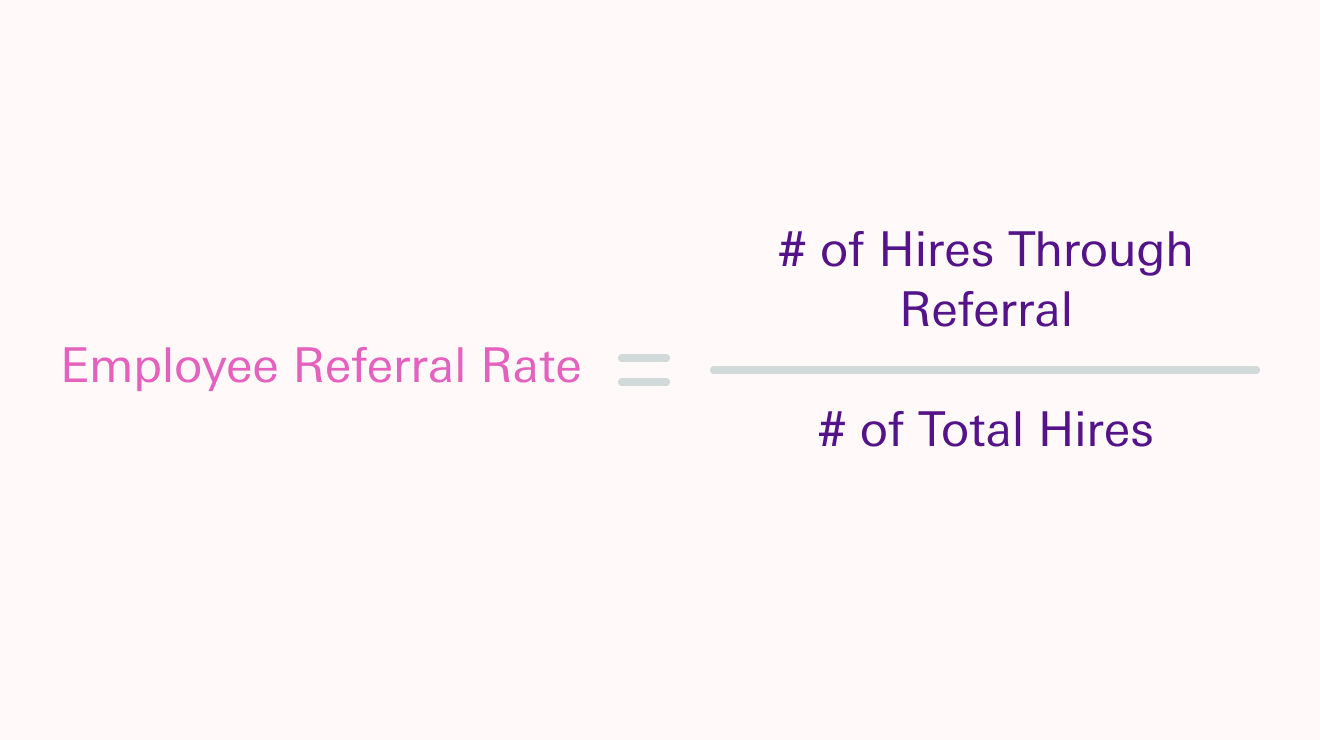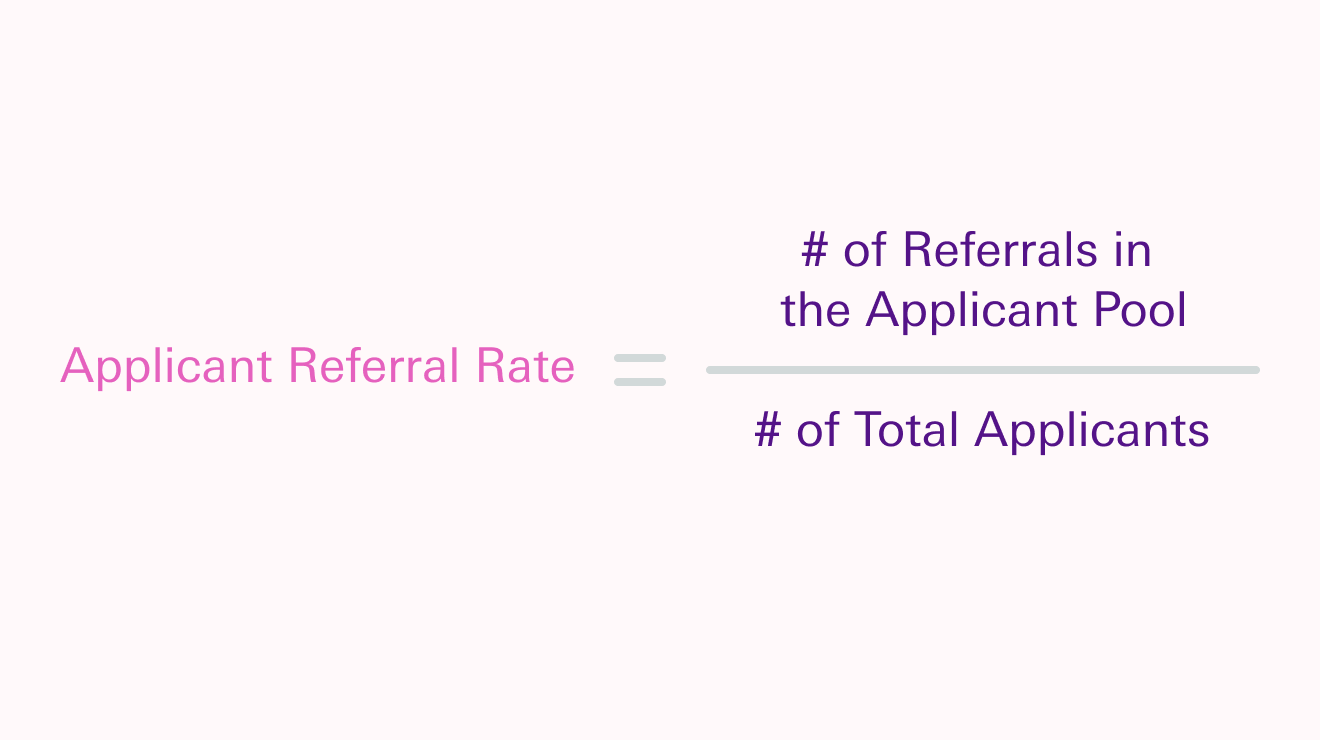Raise your referral game by tracking the quality of employee referrals.
If your employees have a fulfilling work experience, they can be some of your company’s greatest ambassadors. These employees will describe their work in a positive light to others and even refer interested candidates to come and work with them. Employee referrals can be a powerful sourcing channel for talent acquisition for many reasons.
There’s no way to replicate the genuine endorsement of an employees’ recommendation. When potential applicants hear from current employees, their message is more trustworthy than someone who has another motive for “selling” the job. The existing relationship between current employees and referred applicants is strong, which benefits applicants as they get insider information from employees directly. Of particular benefit is the realistic preview that referred candidates get: we know that giving applicants a sense of the realities of a role helps to set the right expectations for new hires. If referred candidates have a better sense of what to expect, they might be more successful on the job by knowing what they’re getting into.
The connection between referrer and referee can benefit current employees and the wider business too, as the referral process adds another screening step through the referrer’s own criteria. Referred candidates may be more well-suited for the job, given that we tend to spend time with people similar to us in many ways. This is a blessing and a curse, which we’ll address shortly.
To start using this metric, we need to calculate employee referral rates.
How do I calculate employee referral rates?
Employee referral rates are the percentage of total applicants that come from referrals, compared to other sourcing channels.
There are two forms of this formula:
1/ Employee Referral Rate

2/ Applicant Referral Rate

Companies can have drastically different referral rates. One organization, with a strong referral bonus program and clear steps for sharing and justifying referrals, may have a referral rate of up to X%. Another organization might have never made it clear to their employees that referrals matter to the hiring process; in that company, referral rates could be close to zero.
Referrals may be an easy way to get qualified applicants, but they come with risks you can mitigate. Candidates who arrive in your talent pool through a referral might be too similar to your existing employees – in ways that you didn’t intend. We want referred candidates to be hardworking, excited about the role, and dependable, as your current employees likely are. But we don’t always want the same genders, ethnicities, and universities replicated in our hires over again when other applicants are just as skilled. By tracking your applicant diversity metrics, such as candidate pipeline diversity index and comparing many sourcing channels, you can balance the benefit of referred candidates with the variety of other applicant sources.
Also, consider tracking your employee net promoter score (NPS) and compare it to the actual employee referral rates. This will show you if there’s a link between who actually refers applicants and who just says they are likely to recommend your company. Checking the connection between the highest NPS scorers and the highest referrers can help uncover employee groups you can nudge to refer people in their networks.
How do I compare employee referrals to other channels in Orgnostic?
Using your ATS-provided information, you can calculate applicant and employee referral rates to track the adoption of referral programs in your organization. Simply use the total number of applicants and filter applicants by source to find the number of referred candidates. By comparing the quality and diversity of applicants from referrals and other sources, you can balance the ease of talent acquisition through referrals with the broad reach of other sources.
From the Talent Acquisition series:
- How Many Applicants on Average Do I Need to Make One Hire?
- How Do Employee Referrals Compare to Other Sourcing Channels?
- What Are the Most Cost-Effective Hiring Sources?
- What Is Your Quality of Hire?